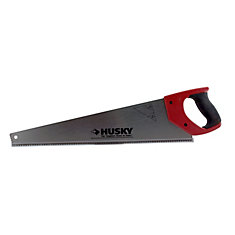The excellent website of
Supertool describe the Stanley 70 like this:
«This is a tool used to scrape the markings from the wooden shipping boxes, which were the most common way of packing goods prior to the invention of corrugated folding cardboard boxes, styrofoam peanuts, bubble pack, and all sorts of modern wonderful shipping products. The owner or user of this tool could scrape the previous shipper's markings off and use the box over»
Supertool describe this Stanley 70 as a scraper. Well...I have to disagree. More on this later on.

A closer view of the plane (or scraper). You can easily see the mouth and the blade bed angle and this helps a lot to know if it's a plane or a scraper. For me, it's clear that it's a plane.

The blade is seated at around 45° which is not possible for a scraper.

The tune-up of this tool begins with sanding the sole on 120 grit sandpaper.

The sole has quite a convex shape.

Sole flattened.

The blade now. There is no rust and I begin with the back. I want to know if it's flat... it isn't.

The solution to this problem is to use the "ruler trick".

This blade is really convex.

After quite of some time, I can see that I'm going to have to spend a lot more.

Here is my solution, a hammer. I've done that many times in the past but once I cracked a blade.

Ah! In no time I have nice clean steel all the way across the edge.

Regular sharpening starting with a coarse oil stone. For a small blade I help myself with the Veritas holder (It comes with their grinding jig).

Fine India stone.

Removing the burr with a translucent Arkansas. Notice here that the ruler used is much thicker than the one used previously. With this higher angle I'm sure that I'm honing the very edge.

Leather with green Veritas compound on both sides of the blade.

I go for a test cut and...it doesn't work! The mouth is not straight and this part of the sole is where the blade seats.

This need to be filed straight and it's not easy because I can't find a method for holding this tool in a vise. I end up holding it with my hands.

Getting ready for another test cut.

I want to do like a real journeyman who wants to reuse a box.

Humm... It does work but not like I was expecting.

The bevel side of the blade is facing the handle. It was like that when I got it and the idea that it could be a scraper got me a bit confused. I rotate the blade and, all of the sudden, everything is working great.

I really enjoy getting those old tools back to working condition. All this took two hours but for me it was fun.
Normand


































